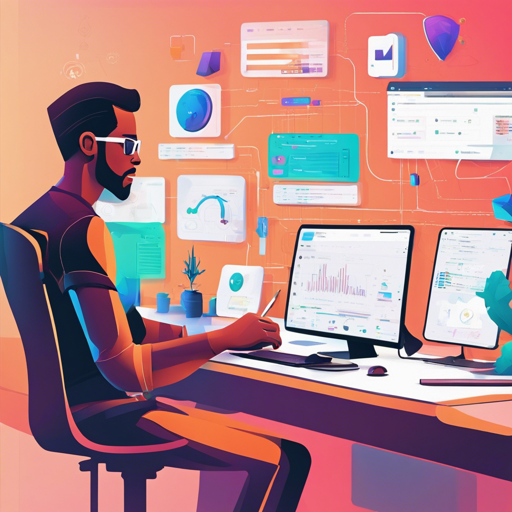Creating a user-friendly and responsive admin interface is crucial for any web project. With the Responsive Django Admin, you can easily integrate a modern design and functionality into your Django applications. This guide will walk you through the setup and customization of the Responsive Django Admin, ensuring that your project not only looks great but operates smoothly!
Installing the Responsive Django Admin
If you’re looking for a version compatible with Django 1.8, install version 0.3.7.1. Otherwise, for support with Django versions 1.11, 2.1, 2.2, and 3.0, here’s what you need to do:
- Open your terminal.
- Run the following command:
$ pip install bootstrap-adminNext, you must add bootstrap_admin to your INSTALLED_APPS in the Django settings. Make sure to place it before django.contrib.admin:
INSTALLED_APPS = (
# ...
bootstrap_admin, # always before django.contrib.admin
django.contrib.admin,
# ...
)Customizing Your Admin Interface
Once installed, you may want to customize how your admin interface looks and operates. Let’s explore a couple of customization options.
1. Sidebar Menu
The sidebar menu is enabled by default. If you need to disable it (for example, if you remove django.template.context_processors.request from your context processors), you can do so by changing the following setting:
BOOTSTRAP_ADMIN_SIDEBAR_MENU = False2. Branding – Overriding the Logo
To use your own logo, you can override the login.html and base_site.html templates, similar to how it’s done in the Django Admin. First, ensure your TEMPLATES setting in settings.py is correct:
TEMPLATES = [
{
'BACKEND': 'django.template.backends.django.DjangoTemplates',
'DIRS': [os.path.join(BASE_DIR, 'my_django_project/templates')],
'APP_DIRS': True,
# other settings...
},
]Here’s how your project structure should look like:
my_django_project
├── core
├── settings.py
├── templates
│ └── admin
│ ├── base_site.html
│ └── login.html
├── urls.py
├── wsgi.py
└── manage.py
Now you can modify base_site.html and login.html as needed to include your custom branding and logo.
Analogous Explanation of the Code
Think of implementing the Responsive Django Admin as renovating a house. Firstly, you lay the foundation (installation) by ensuring the structure is sound, just like adding it to your installed apps. Next, you could decide to open up the living space (customizing the sidebar) or change the decor (branding your logo). Finally, the house is a reflection of you, just like how the customized admin reflects your project’s identity!
Troubleshooting
If you encounter issues during the installation or usage of Responsive Django Admin, consider the following troubleshooting steps:
- Check that you have the correct version of Django installed corresponding to your bootstrap-admin version.
- Ensure that bootstrap_admin is added correctly in your
INSTALLED_APPS. - Review your TEMPLATES configuration for errors. Paths must be absolute.
- If problems persist, refer to the Django documentation or raise an issue in the project’s GitHub repository.
For more insights, updates, or to collaborate on AI development projects, stay connected with fxis.ai.
Conclusion
With the Responsive Django Admin, you can take your admin panel to the next level, enhancing user experience and making management tasks easier. Explore its features, tweak its designs, and make it truly your own!
At fxis.ai, we believe that such advancements are crucial for the future of AI, as they enable more comprehensive and effective solutions. Our team is continually exploring new methodologies to push the envelope in artificial intelligence, ensuring that our clients benefit from the latest technological innovations.

